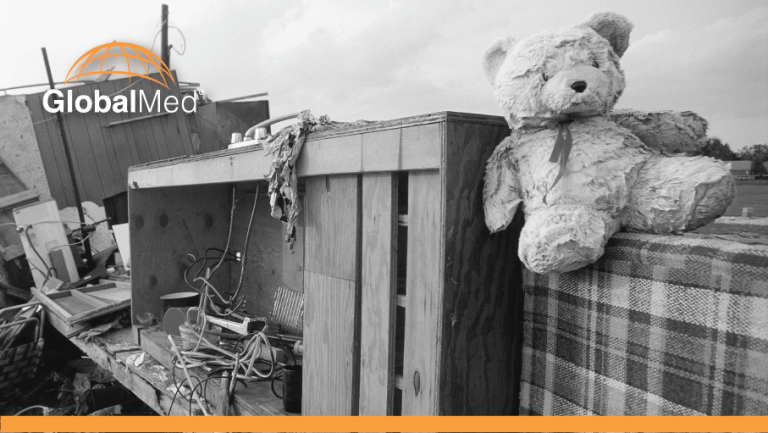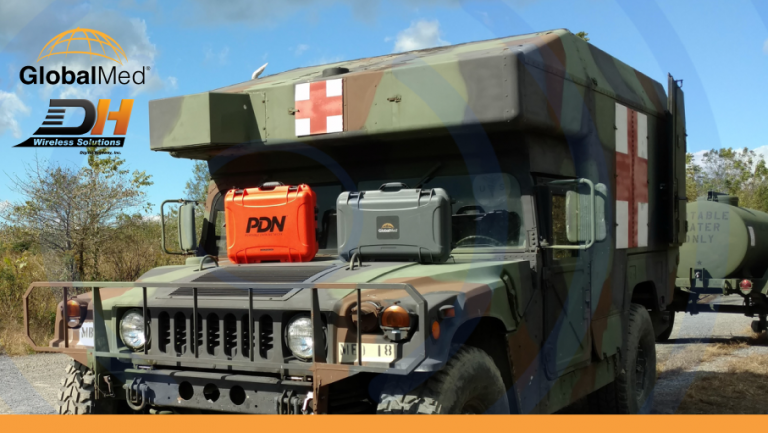
When’s the last time you rode in an ambulance? Whether you were the patient or a family member, it probably drove home the importance of not just immediate care but advanced care. People don’t end up in an ambulance for a sprained toe. Paramedics save lives. But many patients need more than a paramedic or an emergency medical technician (EMT) – their condition might require a cardiologist, neurologist, intensivist or trauma surgeon.
That’s where telemedicine comes in to connect patients in crisis to the most advanced expertise possible.
4 Benefits of Teleparamedicine
Compared to better known virtual specialties like telestroke, telepsych or teledermatology, many people aren’t quite as familiar with teleparamedicine. But it’s changing the world of emergency medicine for four chief reasons:
- Immediate care. Whether a patient has suffered a third-degree burn, stroke or been involved in an auto accident, teleparamedicine can mean faster access to medical expertise. Emergency crews can consult with specialists for real-time intervention – and that can make the difference between life, death or permanent disability.
- Specialized care for rural patients. Even when an ambulance is fast on the scene in a farming or ranch community, patients may not get the help they need. Why? Because the nearest small hospital may not have the right staff expertise, yet the patient may not survive a three-hour ride to a more sophisticated medical center with the right resources. Teleparamedicine helps rural patients be seen by top specialists while en route to the appropriate care location or even before they’re loaded onto a stretcher.
- Smarter Triage. The unfortunate truth is that some people summon ambulances not for valid medical emergencies but for more frivolous reasons like insomnia. Some patients think arriving at the hospital by ambulance means they’ll be whisked past front desk questions about insurance; some misdiagnose themselves, such as mistaking a migraine for a stroke. There are also people who chronically abuse 911 by calling hundreds of times. Telemedicine can’t stop those calls, but it does let providers triage patients faster and diagnose a non-emergency instead of transporting every patient to the hospital emergency department (ED). By tiering their responses, they can choose other options like sending out transport without lights and sirens or asking a nurse to check on the patient and virtually connect back to a PCP if necessary.
- Alleviate burnout. Paramedics and EMTs are unsung heroes with stressful careers. In addition to witnessing events like car wrecks, motorcycle decapitations and child abuse, they can suffer injuries from lifting obese patients, be stabbed with dirty needles or assaulted in the middle of a domestic dispute. So it’s not surprising that paramedics experience post-traumatic stress disorder rates that are ten times higher than the general population and high depression and substance abuse rates. Telemedicine can’t completely cure paramedic burnout, but it does offer additional clinical support to lighten the burden of responsibility for human lives.
Reimbursement and the Rise of Teleparamedicine
Healthcare players who watch reimbursement policies have noticed increasing acceptance of teleparamedicine – especially in Medicare’s ET3 (emergency triage treat and transport) model. Intended to “provide greater flexibility to ambulance care teams to address emergency health care needs of Medicare beneficiaries following a 911 call,” ET3 puts telemedicine firmly in the ambulance and paramedic world as a reimbursable event.
Part of the ET3 model means crews, ambulance suppliers and providers can now transport patients to an ED, primary care provider (PCP) or urgent care. Why is this noteworthy? In part it’s because Medicare regulations have previously only reimbursed for emergency ground ambulance services when the patients were sent to hospitals, skilled nursing facilities or dialysis centers. That’s routed most Medicare patients to one of these facilities even when a lower-acuity destination would be more appropriate and more cost-effective. To assist with this, the ET3 model also involves a medical triage line for low-acuity 911 calls.
The third part of the model? The ability to “provide treatment in place with a qualified provider on scene with telemedicine.” Translated, that means paramedics can now virtually consult with those valuable surgeons, cardiologists and neurologists during urgent minutes when treatment does the most good.
In short, ET3’s goal is to improve patient outcomes and lower costs by reducing avoidable transports to the ED – and unnecessary hospitalizations. The alternative destinations give crews and patients more choices, while the telemedicine angle brings the right care to Medicare patients at the right time and the right place.
Currently ET3 is a Medicare reimbursement model – but Medicaid agencies and commercials payers are being encouraged to adopt it as well.
Clinical Options and Cost Savings
Because ambulance rides are rare for most people, it can be hard to grasp the financial and clinical magnitude of teleparamedicine’s benefits. So here’s an example in just one Nevada county.
The medical transport company in question provides ground ambulance services in response to roughly 70,000 requests each year – roughly 194 calls a day. Their air ambulance services transport an average of 1,500 patients each year. They use telemedicine in partnership with a leading Nevada health system that includes hospitals, urgent care and imaging centers, lab services and primary and specialty care practices. This partnership lets them use virtual care to triage their patients appropriately and connect them to the right providers. Both companies save a staggering sum in healthcare costs for payers, facilities and patients. Meanwhile, patients who may live in remote desert communities are receiving immediate, expert care when they need it most – and avoid being hospitalized when it really isn’t necessary.
Dire medical events and ambulance rides are often the most intense hours of a patient’s life. As a rare healthcare innovation that can reach across every age group and clinical discipline, teleparamedicine offers a quantum leap in emergency medicine – and life-saving power and potential.


